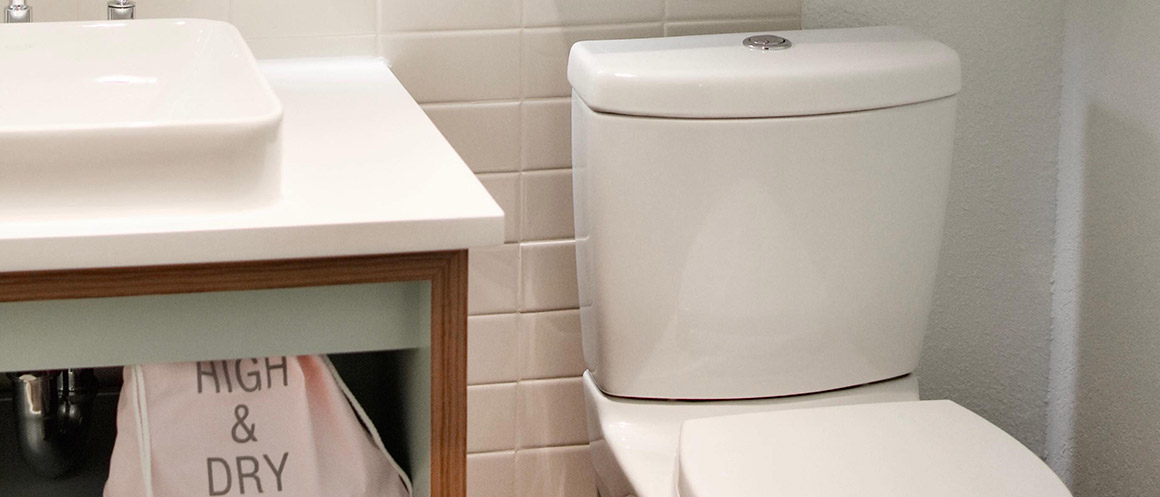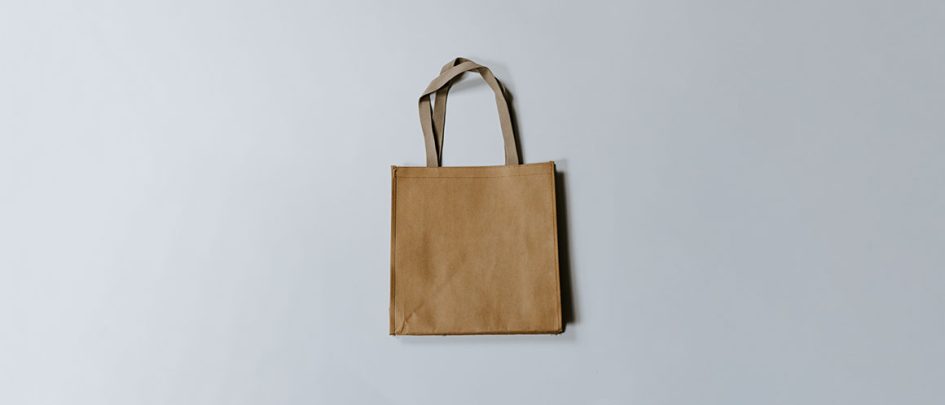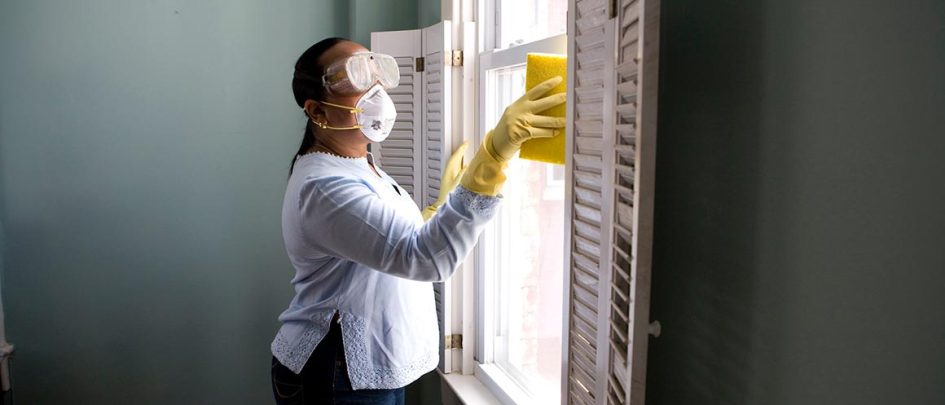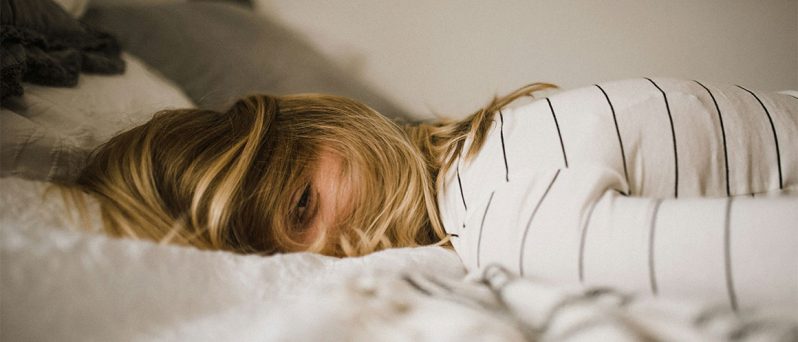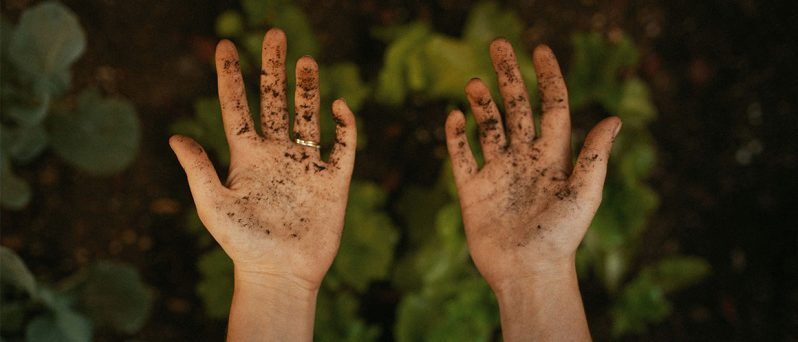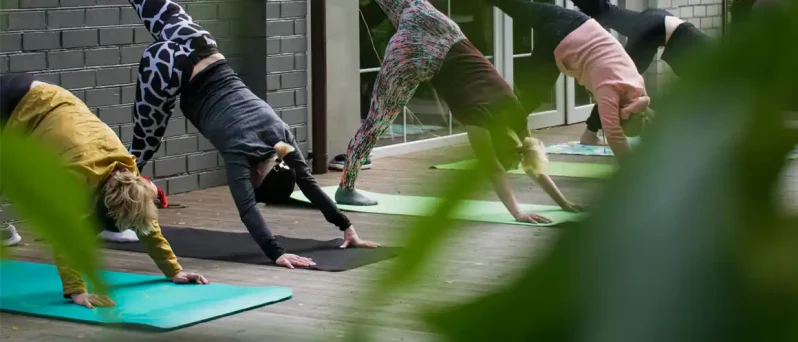This blog post is guest written by our friends at Ecozone.
How much time do you spend thinking about your bathroom bin? Chances are it’s not on your mind too much and may not form a huge part of your cleaning routine but, unsurprisingly, it’s one of the biggest hotspots for bacteria growth in the bathroom. It’s a key player when it comes to detoxifying your bathroom. The team at Ecozone have shared some things that you need to know about your bathroom bin, and some top tips for managing your bathroom waste and preventing unwanted bacteria growth.
-
Not all bin liners are created equal
To keep away nasty germs and bad smells, it’s important to use a bag rather than putting waste straight into the bin. This may sound like common sense as there’s little chance you’d use your kitchen bin without lining it first, but a surprising amount of people still place rubbish straight into their bathroom bins, emptying out into a bigger bin when full.
Of course, the world’s waste problem isn’t going away. If you’ve already switched to some of the many eco-friendly personal care products that are available, from Natracare’s period products to bamboo toothbrushes and biodegradable floss, there’s a strong chance you’re conscious of the fact that plastic bags can take up to 500 years to decompose. Avoid unnecessary plastic and try Ecozone’s tear-resistant Caddy Liners. They’re completely biodegradable and compostable, and they come in a handy 10L size that fits most bathroom bins nicely.
-
A bin liner isn’t always enough
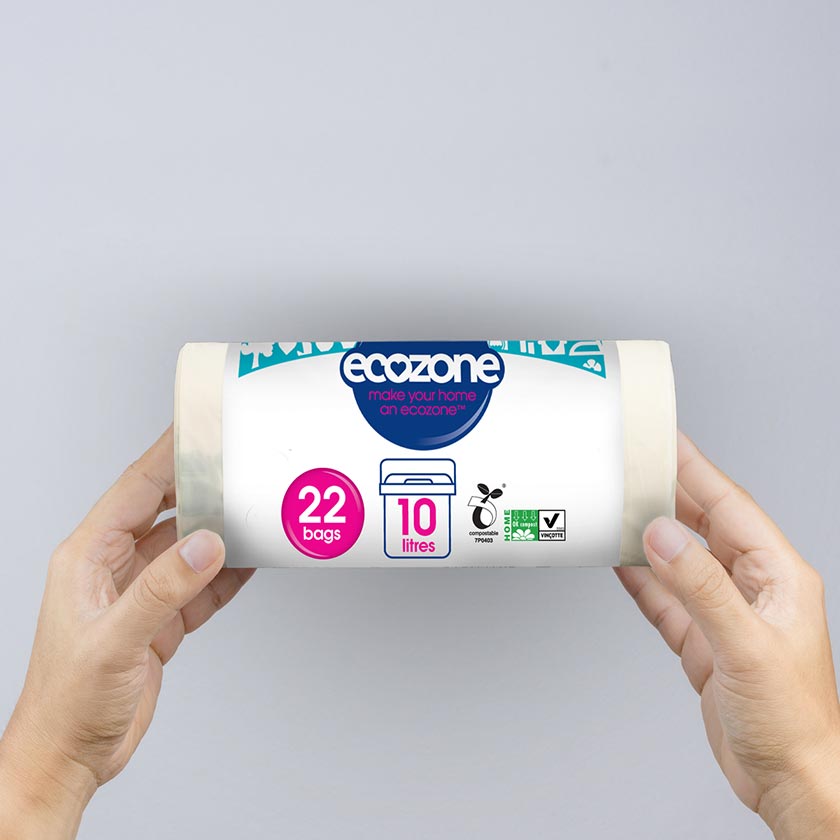
Even when using a bag, it’s likely that residue will leak through, particularly in the bathroom where there’s a lot of wet waste. Nasty liquid at the bottom of bins makes a perfect breeding ground for bacteria. This can cause bad smells and even make you unwell if you come into contact with it.
When it comes to cleaning, simply emptying the bin once a week isn’t enough. We recommend using a spray cleaner each time you empty it to get rid of any residue that might have leaked. Our specially formulated Bin Cleaner is the perfect tool for the job, with a powerful plant-based formula that kills 99.9% bacteria and leaves a refreshing citrus fragrance behind. To keep your bin smelling fresh, try spritzing the Bin Cleaner inside between cleans.
Make sure you’re not cross contaminating while cleaning the bathroom either. Use different cloths for different areas to make sure you’re not simply spreading germs from, say, the toilet to the sink to the bin. Microfibre cloths are best as they feature a rigid weave which grips onto grime and residues in order to remove them. They’re also much kinder to the environment than single use cloths as they can be used, washed, and reused multiple times.
-
Only half of bathroom waste is recycled
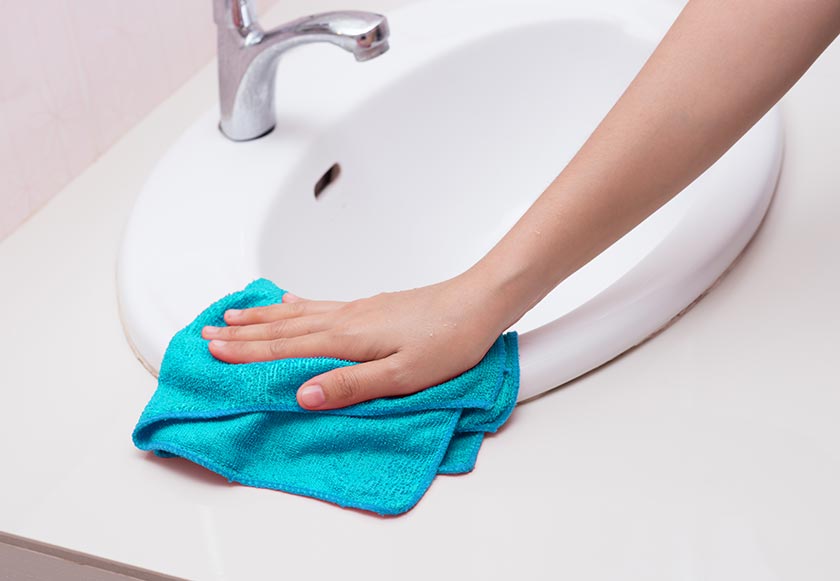
In comparison to in your kitchen, where an average of 90% of waste is recycled, only 50% of bathroom waste makes it to the recycling bin. There are plenty of things that you might throw away on autopilot that would be better disposed of in another way. Make the extra effort to recycle used toilet roll tubes, packaging from new products and empty containers and you’ll save space in the bin while also stopping unnecessary waste from going into landfill.It’s also important to make good use of your bathroom bin in order to make sure that only flushable materials (pee, paper and poo) make their way into the toilet. Common bathroom items such as ear buds, period products and wipes (unless they’re pass Water UK’s Fine to Flush standard) should never be flushed and should always be placed in the bin.
Truly flushable wipe alternatives
Natracare Safe to Flush Moist Tissues are made entirely from paper and certified Fine to Flush by Water UK
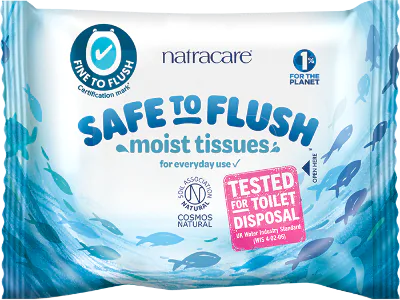
Find out more
To celebrate World Toilet Day (19th November), we’ve teamed up with Ecozone to offer one lucky winner a bundle of planet friendly bathroom products. Head to Ecozone’s Instagram page for a chance to win.
